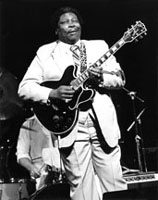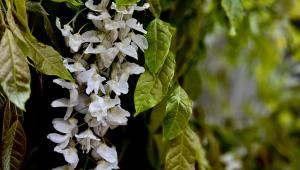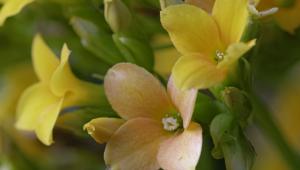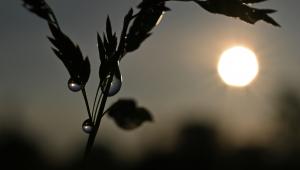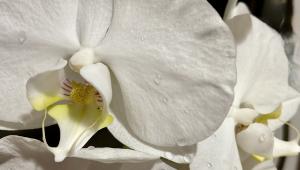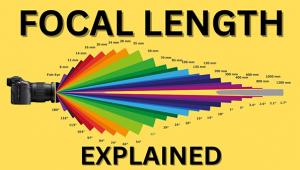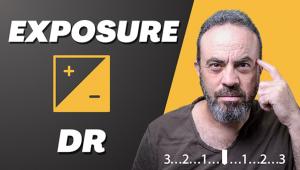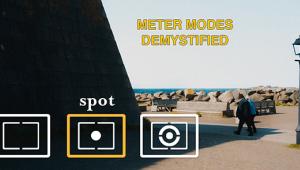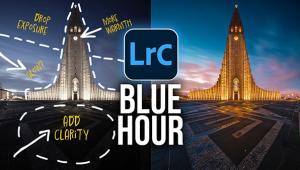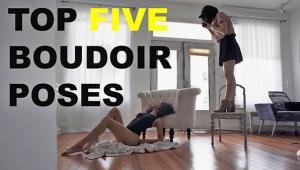Expand Your Horizons
Consider New Film Developer Combinations
One of the truly liberating
aspects of shooting black and white film is the relatively low cost
of setting up and maintaining your own darkroom. When moving to a new
studio recently, I was forced to break down my existing darkroom and
consider whether to build a new one. While the majority of my work for
clients is shot on color transparency film, I do a bit of black and
white. In addition, I shoot almost all of my personal work on black
and white film. My local pro lab does a fine job with black and white,
and for the couple dozen rolls a year that I shoot, why bother building
a new darkroom? |
|||
Beautiful Portraits.
When I'm looking to create a really stunning black and white portrait,
I always turn to very slow film like Agfapan 25 or Ilford Pan-F. I prefer
the Agfa stock, which sometimes is hard to get, because it has an amazingly
smooth even contrast range that really suits headshots. The Ilford has
a bit less shadow detail, but may appear a bit sharper. Either way, both
films respond extraordinarily well to Agfa Rodinal. I like to mix the
Rodinal at 1:25, develop at 68°, and go for extended development times
with aggressive agitation. Developed in a good general purpose developer
like Sprint Standard at 1:9 or D-76 at 1:1, they don't display any
of the magic that Rodinal can give them. Be aware that lower dilutions
like those recommended on the Rodinal bottle will produce impossibly flat
negatives on slow film like this. |
|||
Printing For Reproduction.
When you're faced with shooting for reproduction, you've got
to produce images that are of near-perfect contrast. Deliver-ing an overly
harsh or terribly flat print to a service bureau or printer will invariably
result in a printed piece that looks awful. Hard contrast is very difficult
since it is nearly impossible to take a scan of a contrasty print and
pump in any more shadow detail. On the other hand, a really flat print
can be jazzed up in Photoshop, but the resulting noise in the image makes
it look lousy. A print made expressly for exhibition will usually scan
poorly since the deep shadows and solid blacks will block up. |
- Log in or register to post comments

